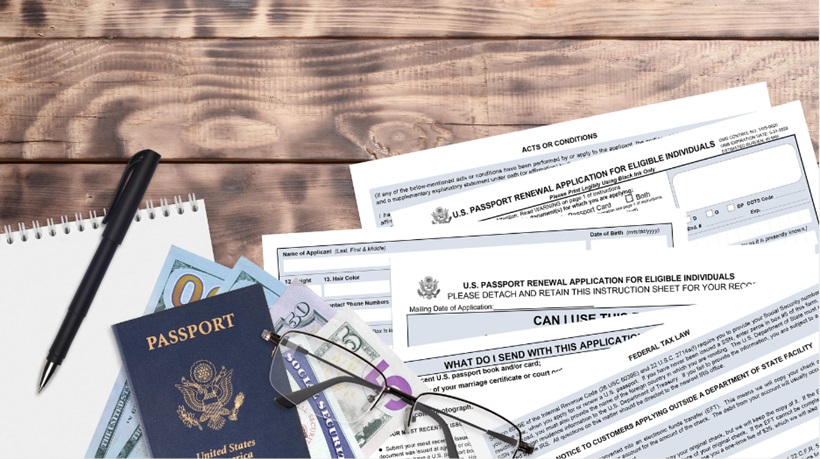Boost Business Success with Org Charts
One of the best ways to illustrate an organization’s structure and present chains of command is the Organization Chart. This tool that represents business units and key personnel in graphical elements like boxes or circles shows not only the hierarchical structure, but also the interrelationship between these business units and personnel.
An org chart can give both internal and external users a quick overview of a company’s organizational design and development, how the organization was designed with multiple levels, and the roles and areas of responsibilities of key figures. From an internal standpoint, employees and staff can clearly see where they fit in the organization and how their positions relate to other employees and business units.
In the past, org charts were used primarily by the Human Resources department and company leaders. Modern org charts are now more dynamic and can be used by other sectors of the organization as well, including operational management and even marketing. New hires find org charts highly useful as they can clearly see where they will fit in right from the start and identify key figures whom they should take note of.
From manually created charts, modern organizational charts are now built by more specialized org design software where editing, syncing of data and saving can be done automatically in a collaboratively environment participated in not only by the HR group but by the business units as well. Using such tools and applications, more complex charts like the SAP organization chart can now be updated in real time, ensuring the latest version is published to both internal and external users at all times.
To help you learn more about how org charts can help optimize your workforce management and your organizational development, the following infographic is presented that gives you an overview of how org charts can boost your business towards organizational success.











Leave a Reply